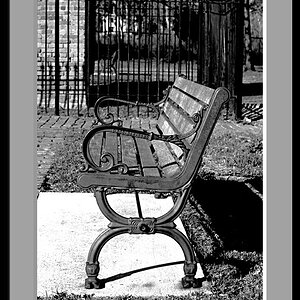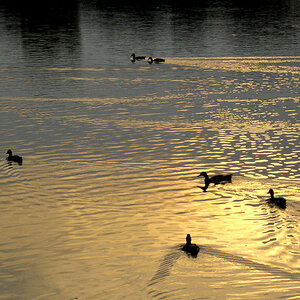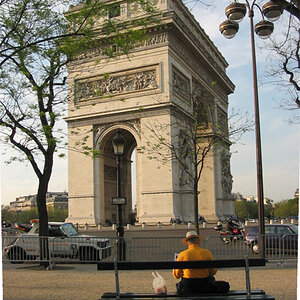pgriz
Been spending a lot of time on here!
- Joined
- Jul 30, 2010
- Messages
- 6,734
- Reaction score
- 3,221
- Location
- Canada
- Can others edit my Photos
- Photos OK to edit
The one thing I didn't see you set, is the AF point in use. I'd set only one AF point to be active, and that would be the center point. I am thinking that normal view and Live view may be using different AF points. If you force both to use the same point, you "should" have the idential exposures.
Edit: the thing that I don't get is why your manual (through the viewfinder) reading is different from your manual (using liveview) reading. They should be identical, if the only difference is viewfinder/live-view selection.
Edit: the thing that I don't get is why your manual (through the viewfinder) reading is different from your manual (using liveview) reading. They should be identical, if the only difference is viewfinder/live-view selection.
Last edited:






![[No title]](/data/xfmg/thumbnail/32/32003-70dfe149c27224e28ba98e975984e01e.jpg?1619735147)


![[No title]](/data/xfmg/thumbnail/32/32004-4455324f0b4b5cc318dd35877147ac47.jpg?1619735148)
![[No title]](/data/xfmg/thumbnail/32/32007-77c44b6b6edb5db977381096a2ffe54b.jpg?1619735151)